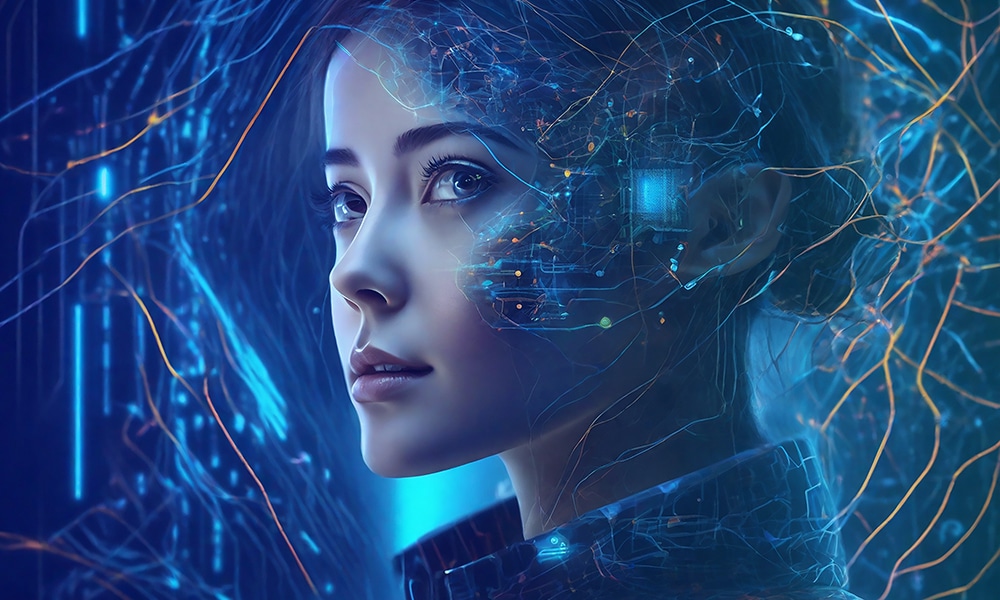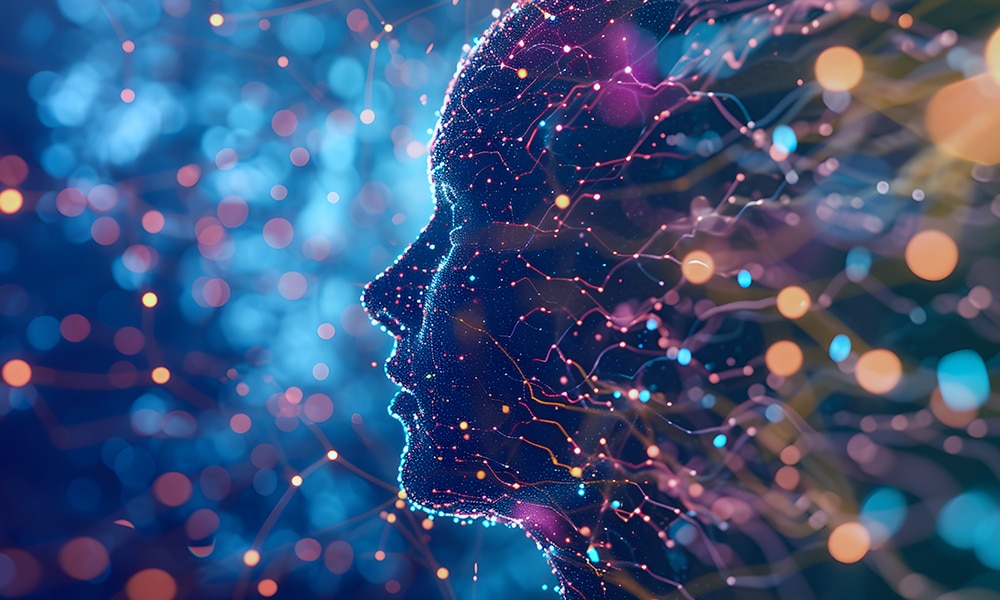In the quest to harness the transformative power of artificial intelligence (AI), the tech community faces a critical challenge: ensuring ethical integrity and minimizing bias in AI evaluations. The integration of human intuition and judgment in the AI model evaluation process, while invaluable, introduces complex ethical considerations. This post explores the challenges and navigates the path toward ethical human-AI collaboration, emphasizing fairness, accountability, and transparency.
The Complexity of Bias
Bias in AI model evaluation arises from both the data used to train these models and the subjective human judgments that inform their development and assessment. Whether it’s conscious or unconscious, bias can significantly affect the fairness and effectiveness of AI systems. Instances range from facial recognition software showing disparities in accuracy across different demographics to loan approval algorithms that inadvertently perpetuate historical biases.
Ethical Challenges in Human-AI Collaboration
Human-AI collaboration introduces unique ethical challenges. The subjective nature of human feedback can inadvertently influence AI models, perpetuating existing prejudices. Furthermore, the lack of diversity among evaluators can lead to a narrow perspective on what constitutes fairness or relevance in AI behavior.
Strategies for Mitigating Bias
Diverse and Inclusive Evaluation Teams
Ensuring evaluator diversity is crucial. A broad range of perspectives helps identify and mitigate biases that might not be evident to a more homogenous group.
Transparent Evaluation Processes
Transparency in how human feedback influences AI model adjustments is essential. Clear documentation and open communication about the evaluation process can help identify potential biases.
Ethical Training for Evaluators
Providing training on recognizing and counteracting biases is vital. This includes understanding the ethical implications of their feedback on AI model behavior.
Regular Audits and Assessments
Continuous monitoring and auditing of AI systems by independent parties can help identify and correct biases that human-AI collaboration might overlook.
Success Stories
Success Story 1: AI in Financial Services

Solution: A leading financial services company implemented a human-in-the-loop system to re-evaluate decisions made by their AI models. By involving a diverse group of financial analysts and ethicists in the evaluation process, they identified and corrected bias in the model’s decision-making process.
Outcome: The revised AI model demonstrated a significant reduction in biased outcomes, leading to fairer credit assessments. The company’s initiative received recognition for advancing ethical AI practices in the financial sector, paving the way for more inclusive lending practices.
Success Story 2: AI in Recruitment

Solution: The organization set up a human-in-the-loop evaluation panel, including HR professionals, diversity and inclusion experts, and external consultants, to review the AI’s criteria and decision-making process. They introduced new training data, redefined the model’s evaluation metrics, and incorporated continuous feedback from the panel to adjust the AI’s algorithms.
Outcome: The recalibrated AI tool showed a marked improvement in gender balance among shortlisted candidates. The organization reported a more diverse workforce and improved team performance, highlighting the value of human oversight in AI-driven recruitment processes.
Success Story 3: AI in Healthcare Diagnostics

Solution: A consortium of healthcare providers collaborated with AI developers to incorporate a broader spectrum of patient data and implement a human-in-the-loop feedback system. Medical professionals from diverse backgrounds were involved in the evaluation and fine-tuning of the AI diagnostic models, providing insights into cultural and genetic factors affecting disease presentation.
Outcome: The enhanced AI models achieved higher accuracy and equity in diagnosis across all patient groups. This success story was shared at medical conferences and in academic journals, inspiring similar initiatives in the healthcare industry to ensure equitable AI-driven diagnostics.
Success Story 4: AI in Public Safety

Solution: A city council partnered with technology firms and civil society organizations to review and overhaul the deployment of AI in public safety. This included setting up a diverse oversight committee to evaluate the technology, recommend improvements, and monitor its use.
Outcome: Through iterative feedback and adjustments, the facial recognition system’s accuracy improved significantly across all demographics, enhancing public safety while respecting civil liberties. The collaborative approach was lauded as a model for responsible AI use in government services.
These success stories illustrate the profound impact of incorporating human feedback and ethical considerations into AI development and evaluation. By actively addressing bias and ensuring diverse perspectives are included in the evaluation process, organizations can harness AI’s power more fairly and responsibly.
Conclusion
The integration of human intuition into AI model evaluation, while beneficial, necessitates a vigilant approach to ethics and bias. By implementing strategies for diversity, transparency, and continuous learning, we can mitigate biases and work towards more ethical, fair, and effective AI systems. As we advance, the goal remains clear: to develop AI that serves all of humanity equally, underpinned by a strong ethical foundation.







